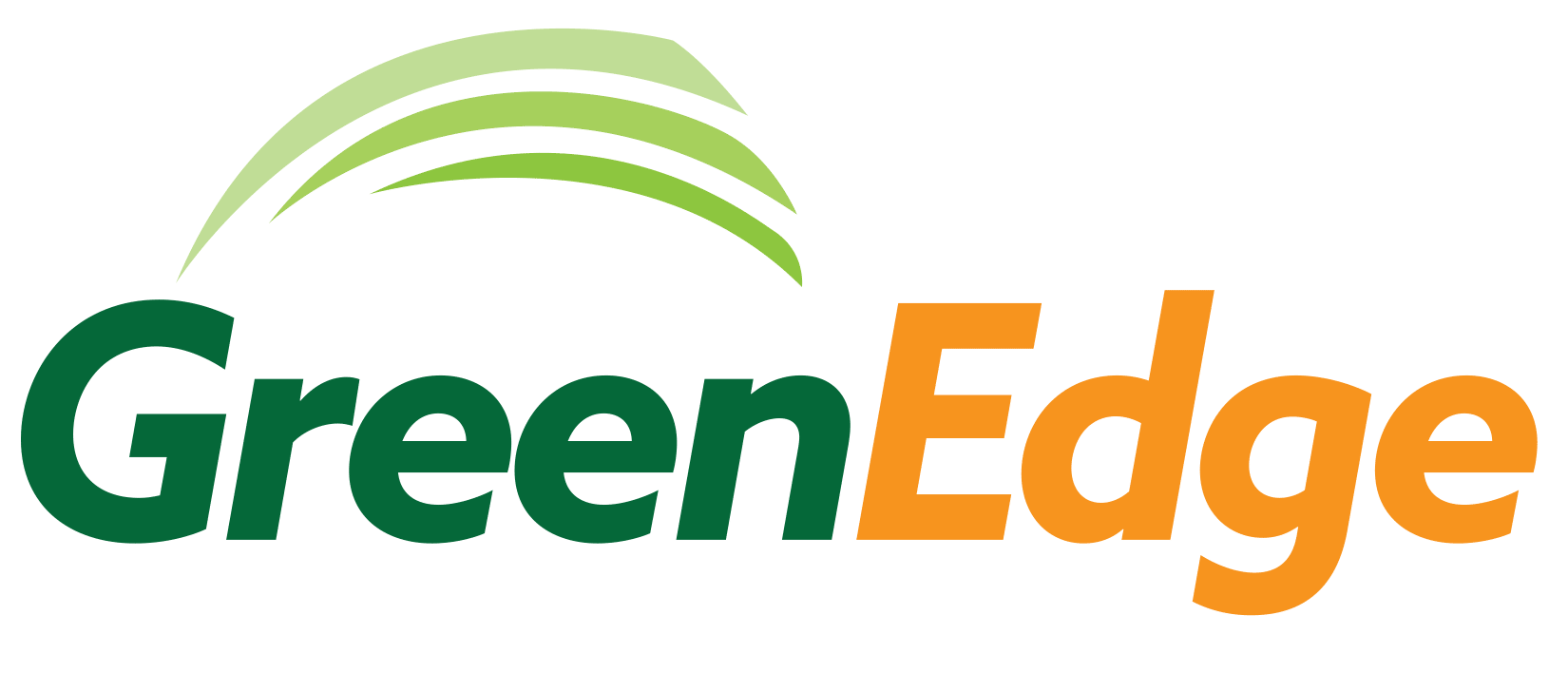Proper fertilization is one of the most important factors in maintaining good palm health and appearance, especially on Florida’s nutrient-poor soils. Potassium and Magnesium are deficient in most Florida sandy soils. There are a number of fertilizers that typically have 30% to 50% or less of their N and K in a controlled release form, the remainder being water soluble. This means that over half of the 5 to 8 lbs of fertilizer applied per tree is quickly solubilized. If moderate to heavy rainfall or irrigation occurs, this majority of the applied fertilizer is quickly leached through the soil and beyond the root zone of the palms. This fertilizer is wasted from the plant’s perspective, but does contribute to the pollution of our ground water. On the other hand, with minimal irrigation or rainfall, this solubilized fertilizer will remain in the root zone at concentrations high enough to cause soluble salt injury to many species of palms, other ornamentals, and adjacent turf grass. It is important to understand that the soluble portion, most of the 5 to 8 lbs. per palm applied, is not doing much good. Under moderate to heavy leaching conditions it is quickly lost to the groundwater and is not available to the palm roots. Under minimal leaching, it releases toxic concentrations of salts that can injure the roots of many plants. Thus with water-soluble fertilizers, it is usually either too much or not enough nutrients for the palm. In either case the result is unattractive, deficient or tip-burned foliage. We recommend 100% time or controlled release fertilizers. Sulfur-coated urea and Sulfur-coated potassium sulfate – N=nitrogen, P=phosphorus, K=potassium, Mg=magnesium, Ca=calcium, Mn=manganese, Fe=iron, B=boron, Cu=copper, Zn=zinc. These can easily be blended by any fertilizer company. Sulfur-coated fertilizers have a useful life of about 3 months under south/central Florida conditions. The sulfur coating also renders these fertilizers acidic in pH, a useful feature on our alkaline soils. Most of the fertilizer companies producing palm fertilizers for Florida have already formulated products that meet these criteria. Of all the slow-release K sources tested, sulfur-coated potassium sulfate was found to be the most effective and economical. Prilled kieserite (a more slowly soluble form of magnesium sulfate than Epsom salts) is an effective and low-cost slow release form of Mg. Coated Mg products tend to release too slowly to be effective. Slow release B sources such as Granubor are less affected by leaching than the water soluble B sources often used in landscape fertilizer blends. The only recommended Mn, Zn, and Cu sources are the sulfate forms of these elements. Since iron sulfate is rather ineffective on most Florida soils, granular chelated products such as Trachelene Fe are preferred for blending into palm maintenance fertilizers. Palms, like other ornamental plants in a landscape, are all growing in the same soil with their root systems intermingled. Therefore they are all subject to the same nutrient deficiency symptoms associated with that soil. It is no secret that palm special fertilizers work well on other plants as well as palms. These plants, however, are often less salt tolerant than palms and cannot tolerate the concentration of fertilizers typically applied to palms. A much more logical approach to this problem is to fertilize the entire landscape, rather than individual trees. By broadcasting (use a rotary spreader) 100% coated fertilizers at a rate of 1.5 lbs. of fertilizer (not N) per 100 sq. ft. of landscape area (or at least tree canopy area) 4 times per year, you will be applying about the same amount of fertilizer per palm as before. However, you will be providing fertilizer to all of the palm’s roots, not just the small fraction near the trunk. Groundcovers and other ornamentals in the landscape will also benefit from this approach. Most of all, these 100% coated fertilizers will even out the peaks of toxicity and valleys of starvation that occur with current mostly water-soluble fertilizers.
Can the current palm special fertilizers be used more effectively? Certainly. By applying them more frequently at lower rates and by broadcasting rather than banding them, their effectiveness will be enhanced. These fertilizers should be broadcast at a rate of 3/4 to 1 lb. /100 sq. ft. of landscape area every month. This will dramatically improve plant quality, but will also cost more in terms of additional fertilizer applied (about twice as much) and the labor to apply it (about 3 times as much). In conclusion, our current palm fertilization recommendations just aren’t working as well as they could and can cause injury under certain conditions. Palms and other landscape ornamentals can be much more effectively and efficiently fertilized by broadcasting a 2N-1P-3K-1Mg plus micronutrients fertilizer over the entire ornamental landscape area at a rate of 1.5 lbs/100 sq. ft. every 3 months. These fertilizers should have 100% of their N, K, and Mg in controlled release form to maximize their effectiveness to the plants and minimize their impact on the environment.
